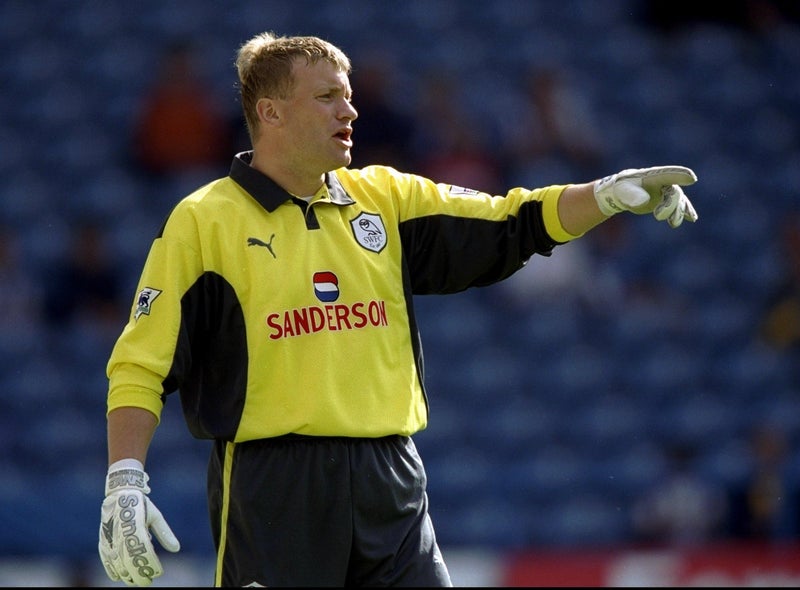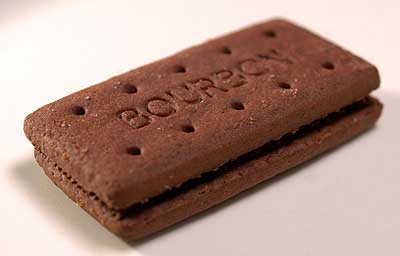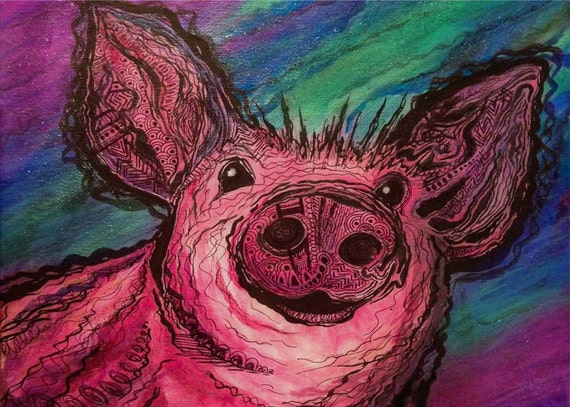- Welcome to Cook'd and Bomb'd.
-
 Mountain Mumble
by Hobo With A Shit Pun
Mountain Mumble
by Hobo With A Shit Pun
[Today at 08:26:12 PM] -
 Terry & June gets a content...
by Kankurette
Terry & June gets a content...
by Kankurette
[Today at 08:25:41 PM] -
 Mr Biffo / Digitiser2000 recent...
by Spudgun
Mr Biffo / Digitiser2000 recent...
by Spudgun
[Today at 08:22:47 PM] -
 Childish pathetic stuff you...
by Cold Meat Platter
Childish pathetic stuff you...
by Cold Meat Platter
[Today at 08:20:25 PM] -
 Wrasslin' Talk: Punk out
by confettiinmyhair
Wrasslin' Talk: Punk out
by confettiinmyhair
[Today at 08:16:42 PM] -
 Shit films you have a fascination...
by Sebastian Cobb
Shit films you have a fascination...
by Sebastian Cobb
[Today at 08:08:06 PM] -
Snooker 23/24 by Black Emerald
[Today at 08:06:44 PM] -
 RIP Terry Carter - last surviving...
by Jockice
RIP Terry Carter - last surviving...
by Jockice
[Today at 08:02:32 PM] -
 Who are you voting for in...
by BlodwynPig
Who are you voting for in...
by BlodwynPig
[Today at 07:58:56 PM] -
 Favourite moviegoing experiences...
by Jockice
Favourite moviegoing experiences...
by Jockice
[Today at 07:58:41 PM]
Members
 Total Members: 17,827
Total Members: 17,827 Latest: skinnylike
Latest: skinnylike
Stats
 Total Posts: 5,584,064
Total Posts: 5,584,064 Total Topics: 106,750
Total Topics: 106,750 Online Today: 1,310
Online Today: 1,310 Online Ever: 3,311
Online Ever: 3,311- (July 08, 2021, 03:14:41 AM)
Users Online
 Users: 108
Users: 108 Guests: 1007
Guests: 1007 Total: 1115
Total: 1115 non capisco
non capisco dazed_and_bemused
dazed_and_bemused Bentpitch
Bentpitch BJBMK2
BJBMK2 stereomd
stereomd filth gabs
filth gabs Aaron500
Aaron500 Bunty Levert
Bunty Levert Ascent
Ascent Buelligan
Buelligan Hound Of The Basketballs
Hound Of The Basketballs fink
fink Greyhound
Greyhound C_Larence
C_Larence Hobo With A Shit Pun
Hobo With A Shit Pun Dr M1nx PhD
Dr M1nx PhD sirgerald
sirgerald Simply_The_Bestest
Simply_The_Bestest Kankurette
Kankurette mikerus
mikerus Pete23
Pete23 RHX
RHX CS Lewis Jr.
CS Lewis Jr. The Crumb
The Crumb Mr Balowski
Mr Balowski iamcoop
iamcoop Agent Dunham
Agent Dunham Mr Trumpet
Mr Trumpet ThisisJoeyC
ThisisJoeyC Jack Shaftoe
Jack Shaftoe xtvkvp
xtvkvp Dr Rock
Dr Rock Holy Dread
Holy Dread Calpurnia
Calpurnia g0m
g0m poloniusmonk
poloniusmonk mrpupkin
mrpupkin Tikwid
Tikwid DreadedScotsman
DreadedScotsman Alberon
Alberon Steven88
Steven88 ozufan
ozufan Dayraven
Dayraven Cold Meat Platter
Cold Meat Platter Black Emerald
Black Emerald McDead
McDead Iznik
Iznik LordMorgan
LordMorgan McChesney Duntz
McChesney Duntz Anagram of a Shit Name
Anagram of a Shit Name Mx Wrongs
Mx Wrongs Armin Meiwes
Armin Meiwes WeebleWobble
WeebleWobble Theotherside
Theotherside Jockice
Jockice Kelvin
Kelvin chutnut
chutnut confettiinmyhair
confettiinmyhair Midas
Midas Cuellar
Cuellar Urinal Cake
Urinal Cake jenna appleseed
jenna appleseed Better Midlands
Better Midlands fucking ponderous
fucking ponderous Dr Funke
Dr Funke The Roofdog
The Roofdog Stoneage Dinosaurs
Stoneage Dinosaurs Zonkedzebra
Zonkedzebra mealy potatoes
mealy potatoes mrsleepy321
mrsleepy321 Johnny Van Axel Dongen
Johnny Van Axel Dongen DrGreggles
DrGreggles mash
mash J Peasemould Gruntfuttock
J Peasemould Gruntfuttock Huxleys Babkins
Huxleys Babkins elliszeroed
elliszeroed Stone Cold Steve Austin
Stone Cold Steve Austin magister
magister DelurkedToHelp
DelurkedToHelp Jittlebags
Jittlebags Theoretical Dentist
Theoretical Dentist mr. logic
mr. logic
